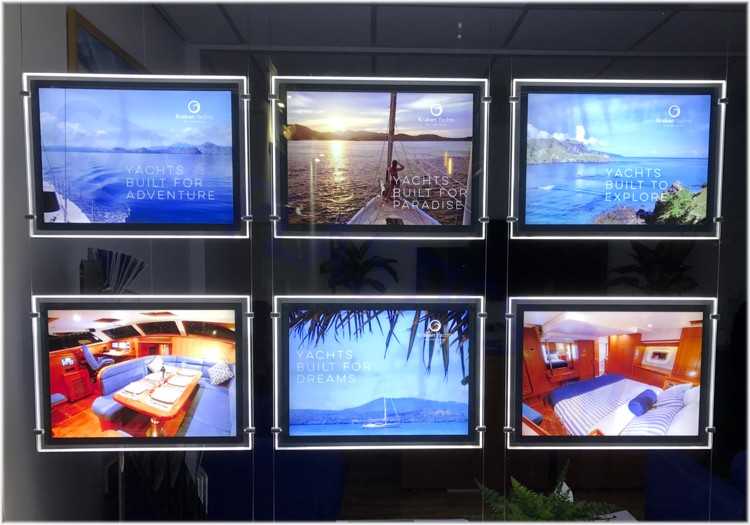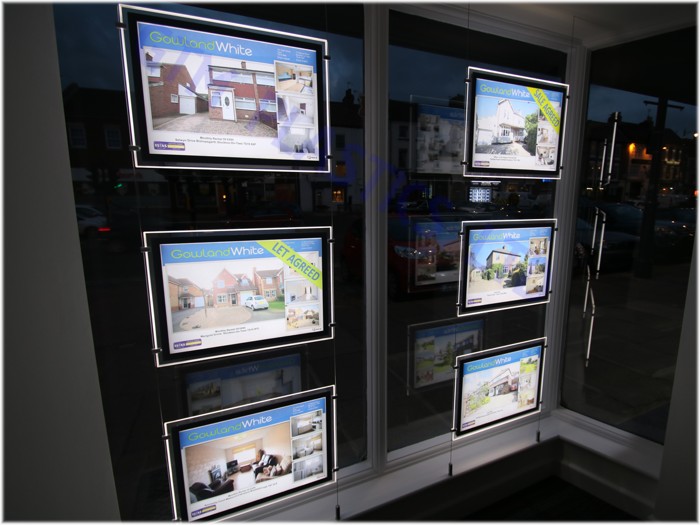

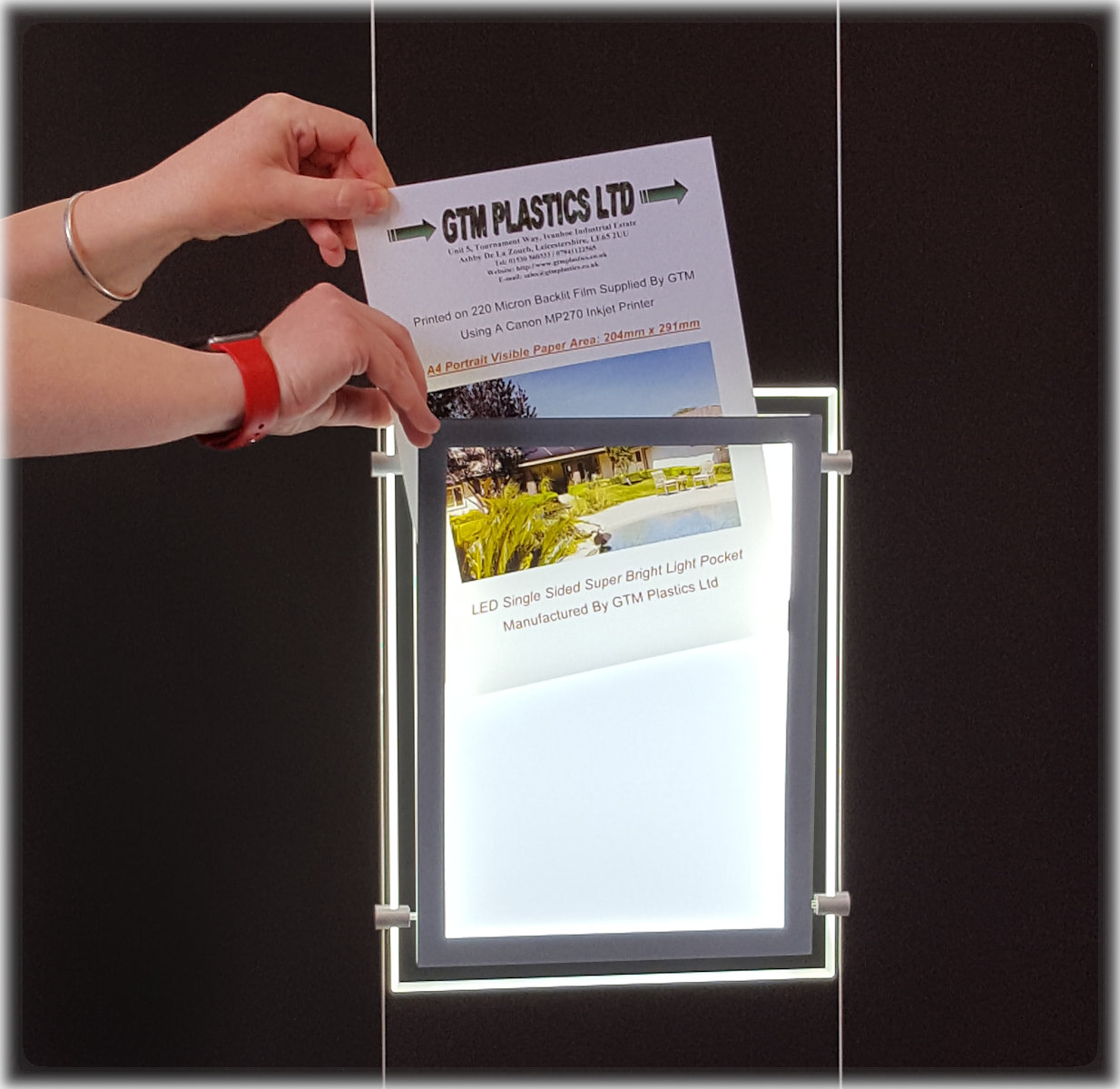
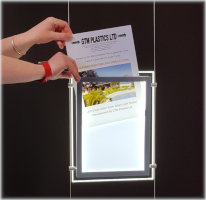
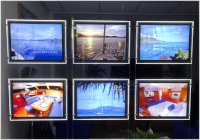
Premium quality 220 micron backlit film, specially selected for its high translucent properties to produce super bright images.
Allows light to pass through to produce high illumination of the poster.
Print onto the film using your ordinary office printer.
Perfect for wall mounted (single-sided) and double-sided LED Window display solutions.
| Product Details & Dimensions | Measurement / weight |
| Film width | 210mm |
|---|---|
| Film height | 297mm |
| Total pack weight | 0.2kg |
| Material | 220 Micron backlit film |
| Price per sheet | £0.752 Per sheet |
Regarding the special paper, funny enough many people aren’t even aware of it, and it isn’t actually paper since the main substance is Polyester which produces a thin high-quality plastic film.
Translucent means partially transparent, so not 100% clear and not 100% opaque. The print quality is equivalent to using glossy photo paper in terms of how strong and defined the various colour inks, dyes and pigments bond to the surface. We stock A4 and A3 film for both inkjet and laser printers. Printing sizes A2 and upwards is usually considered to be large format printing that specialised companies are better equipped for.
The LED window displays in the photos both use our A3 landscape backlit film. (The film can be printed on using an ordinary office printer).
Ordinary paper is a realistic and good alternative to the rather more expensive backlit film. It’s extremely important to use only the thinnest paper available which will let more light through the thinner it is. Consider that normal paper is made from “wood pulp” compared to translucent film which is made from Polyester (a type of plastic).
It stands to reason that a thick enough sheet of wood pulp (paper) won’t let any light pass through at all, whereas if it’s extremely thin light passes through quite easily. Polyester plastic (backlit film) lets light pass through similar to glass because it’s partially transparent due to its molecular structure, and therefore thicker vs thinner sheets makes almost no difference at all.
Conveniently most supermarkets sell (in particular A4 size) large packs of thin cheap paper which is ideal when having decided to use ordinary regular paper as an alternative to translucent film.
If you're using double-sided light-pockets but not displaying a printed poster in the rear sleeve, always remember to insert one blank (non-printed) sheet into the rear sleeve to maximise the amount of light that passes through the printed poster. Important note: The blank sheet can just be ordinary paper which works very well for this purpose.
Explanation: Translucent film (or a sheet of thin paper) lets approximately 65% of the light pass through whilst reflecting (and/or emitting) the remaining light. Placing a poster in both sides is beneficial simply because the light reflected from each sheet passes through the other, which would otherwise escape into the room having served no purpose.
